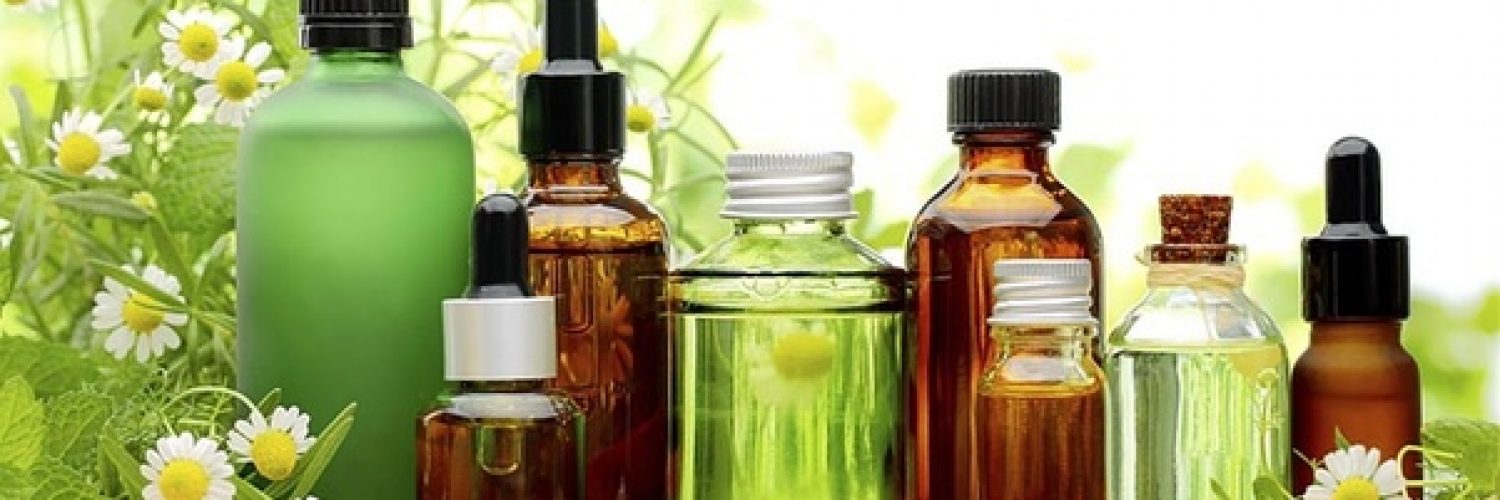
Unani Products
Unani Natural Products:
The Chinese:
The Chinese have practiced herbal use for 5,000 years. A Chinese medical text written around 2700 BC lists herbal prescriptions! The herb most closely associated with the Chinese is ginseng. Many Chinese believe the regular use of ginseng prolongs life.
The Egyptians:
Ancient Egyptians were highly skilled in the yse of herbs. “The Papyrus Ebers,” an ancient text written in 1500 BC, contains references to more than 700 herbal remedies, including herbs such as Aloe, Caraway Seed, Poppy and garlic.
The Greeks:
Hippocrates, the “father of medical literature,” is probably the first person to practice medicine as an art. He believed and taught that there was enough strength in nature to cure disease. He often used diet and herbs as the basis of treatment.
Today:
Herbs are considered to be food rather than medicine because they are complete, all-natural and pure just as nature intended. Unlike chemically synthesized, highly concentrated drugs that produce countless side effects, herbs can realign the body’s defences, helping it heal itself without side effects. Herbs do not produce instant miracle cures, but rather offer a way to put the body in tune with nature.
In 1994, President Clinton signed the Dietary Supplement Health Education Act (DSHEA). This act recognizes the fact that dietary supplements provide health benefits. It also establishes the basis for further research and education on the subject. Many insurance companies already provide policies which authorize payments for alternative treatments to include use of natural products. I believe the day will come when herbal medicines will be as common as the chemicals now available.
HISTORY OF LOVE ROOTS
For countless centuries before Europeans stepped foot on the North American continent the people here relied upon a vast loosely woven bartering network to obtain materials & products that were not available in their area. Recent archeologists excavations, for example in Washington State unearthed projectiles made of the red flint from what is now Alabama, and an excavation in Michigan unearthed obsidian spear projectiles from Shoshone territory in what is now called the upper Snake River Basin of Southern Idaho.
Projectiles, pottery, implements made from mineral & bone materials endure the wear of time & when found can be traced to their original location. However, much of what was traded was of a perishable nature, such as clothing, food and medicinal plants and therefore undiscovered for the most part, do to the passage of time.
Our primary focal point here is directed toward medicinal plants. There are several reasons why, the most powerful and beneficial medicinal plants have remained unknown and unused by Americans today.
As mentioned above, due to their perishability, these plants cannot be discovered and traced like the more durable artefacts. Another reason is the self-superior attitude the European Settlers had towards Native Americans. White settlers brought with them their way of life, including their medicinal beliefs and have continuously endeavoured to impose their beliefs upon the original inhabitants of the Americas, and paid little attention to their medicinal uses of botanicals. The exception being when one of these pale faced strangers became sick or injured & was fortunate enough to be cured by the natives of the area. Even in such instances the type of medicinal plants and its preparation was not revealed. At the very core of this issue involving the lost knowledge of the preparation and uses of medicinal herbs & plants is the extreme secrecy that surrounded their preparation as well as their use. Medical practice was neither taught or shared even among members of ones own particular tribe. The ability to cure ailments was respected and quite often was a lucrative distinction for the individual with such ability. Therefore it was not shared, but kept secret and only passed on to ones own children. For these reasons some of the most beneficial medicinal plants on this planet have been over-looked by modern science & medicine while growing right under our noses.
Oftentimes a particular botanical that was used for medicinal purposes was not indigenous to the area where the tribe or family lived. Therefore the herbs were highly sought after whenever different tribes would meet for bartering. By the same token any tribe or tribal member who had access to a root or plant with curative powers would gather, not only enough for use within their village, but also surplus for trading at bartering pow wows with other tribes.
It is ironic that the most powerful, the most sought after, the most highly regarded of all medicinal herbs by most native American tribes of North America, particularly west of the Mississippi River, has remained unnoticed until very recently.
We are speaking of the Ligusticum Genus which grows in the higher elevations of the Rocky Mountains. The first historical footnote of this remarkable herb is found when Spanish Explorers ventured into what is now the southwestern United States. They were presented with the roots of this plant as a special welcoming gift. To this day the Ligusticum root is an appropriate gift for an elder of any Western American Tribal Member who is familiar with the old ways. The Spanish explorers recognized the power of this herb and experienced its curative & healthful benefits, and they named it Osha, (Ligusticum Porteri; A larger root but a weaker cousin to the powerful Ligusticum Canbyi of the northern Rockies).
Then the mountain men came west in search of gold & furs and were, once again, presented with this little root which held such remarkable properties. Undoubtedly these mountain men experienced the healing powers of this plant because they gave it two names; Colorado Cough Root & Bear Medicine. Mountain men soon discovered that chewing the root or drinking tea made from the root would quickly cure colds, coughing, stomach ailments, or flu like symptoms. They also observed bears foraging on the tops of the plants presumably for medicinal purposes.
History would not be the same nor would we remember the Lewis & Clark expeditions had it not been for this remarkable root. After crossing the Great Divide and struggling over some of the most rugged & unforgiving mountains in North America with some men dying, the entire Lewis & Clark expedition would have met with disaster if it had not been for the Nez Perce Indians. The peace loving, Nez Perce or Nee-Me-Poo, as they called themselves took it upon themselves to nourish the entire Lewis & Clark exploration party back to health or they surely would have perished, and with them that portion of American History. The Nez Perce word for these medicinal root was, and still is, Qows Qows.
We know that the Nez Perce were famous among the tribes west of the Mississippi for this root. This root they called Qows Qows gave the Nez Perce extreme leverage in bartering negotiations with other tribes whenever they met at bartering pow wows. The introduction of the horse by the Spanish Explorers changed the lifestyles & tradition of the American Indians dramatically. Good horses were everything to these people. Most tribes moved with the seasons and the game. Horses made these tasks infinitely easier. Horses were a sign of prestige & wealth, but more importantly among warring tribes horses often meant the difference between victory and extinction. Who had the best horses? . . . The Nez Perce. Because of this little known root they called Qows Qows the Nez Perce were able to trade for the best horses and through careful breeding practice they developed the Appaloosa which, of course, is now world famous. Although it is unquestionable acknowledged that the Nez Perce, developed the finest horses of any North American tribe it is only now discovered how & why they were able to trade for the best breeding stock in order to produce this unique breed of equines.
In order to understand how the Indian trade name translated into English as Love Roots when in the raw form & Medicine Roots after preparation for ingestion you must look at the language barrier. Because each major tribes language was different there were trade names given to items commonly exchanged at trading pow wows that were used by all the tribes gathered, for the sake of expediency. Eventually the Americans Indians were put on reservations and made to go to the white mans schools & speak English, but they still had their trading pow wows where many tribes would gather to party & barter only now English was the common language spanning the different tribes. When speaking in English they called it Love Roots.
The only way that the Nez Perce could have such powerful leverage in trade negotiations is because their Love Roots were the most powerful medicinal botanical in all the land. It is used as a blood purifier & to boost the immune system as a preventative medicinal herb. It is used for all respiratory ailments & diseases. There are as many claims for its curative powers as there are people with a physical problem who have used it. We have heard many claims that this botanical can cure even major diseases, but very little scientific research has been done on this herb. It is an excellent botanical for treating viral infections, causing sweating and a thorough elimination of toxins. The tea will sooth and anesthetize a sore throat, and is also used as an antibacterial which can be used for infections. Preliminary research indicates that it will lower blood pressure & have a positive effect on the immune system.
Traditionally a small bit of dried Love Root is placed in a buckskin pouch which may be hung by a leather thong around the neck or in the house, or wherever the bearer wishes to place it. Other special items may also be in the medicine pouch. The dried root was placed over the doorway of a home to ward off evil people & evil spirits. It was believed that the bearer of Love Roots can discern the true intent, (beyond spoken words) of anyone speaking to the bearer of the powerful roots.

 by
by